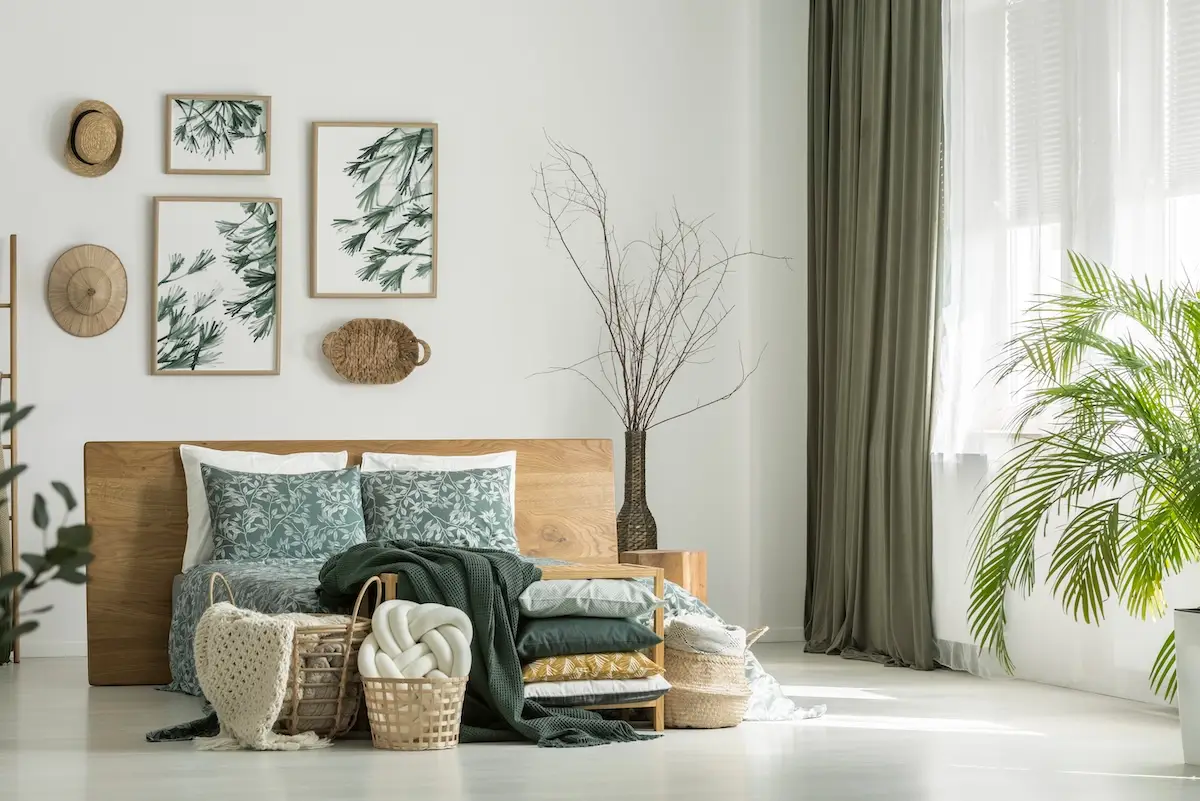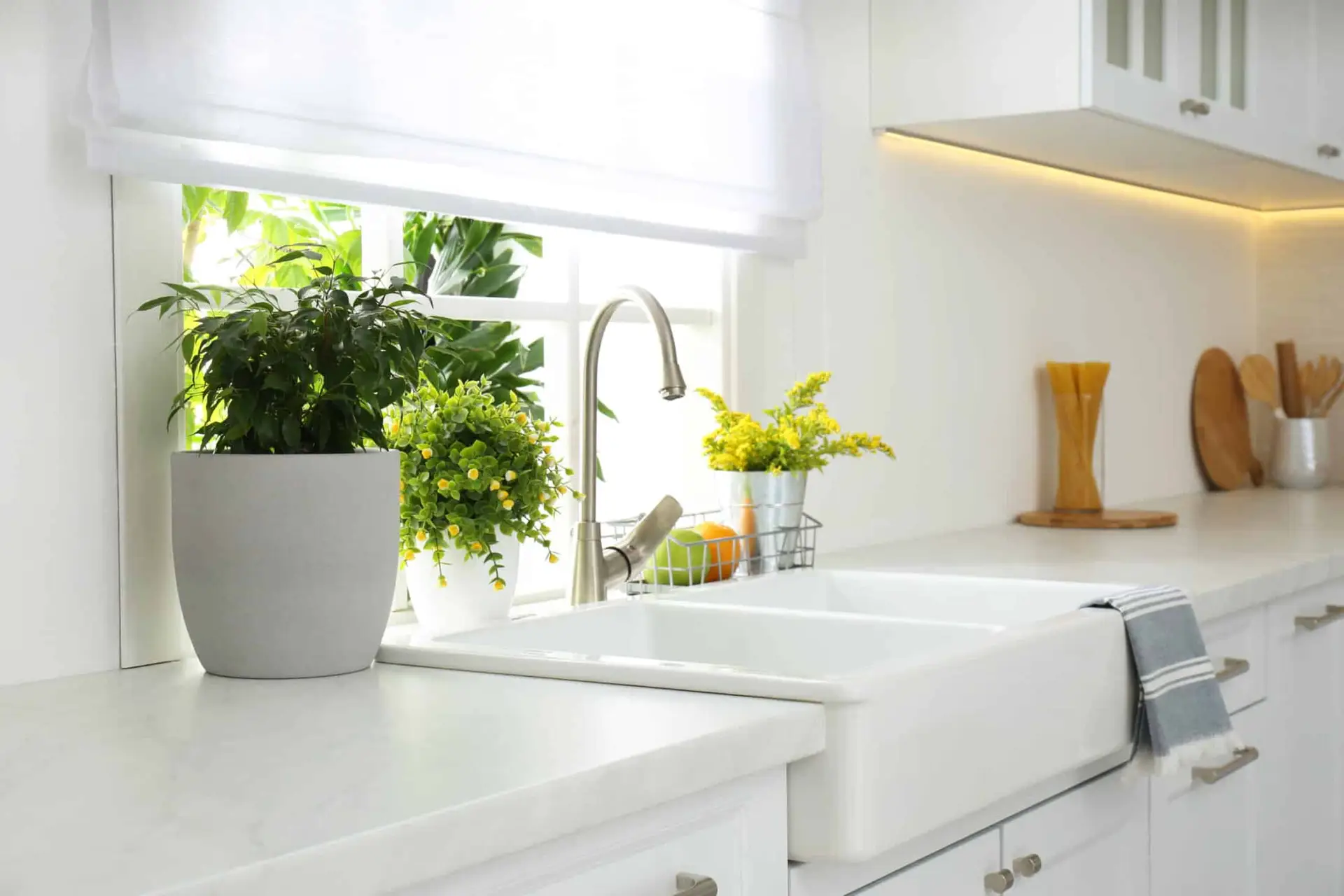We believe a bookcase isn’t just a bookcase. Yes, it provides convenient storage for books, documents, and other items we want close at hand, but it’s also a design opportunity. A shelf can add beauty and history to a room, telling stories and showcasing treasured items while complementing the interior design. Styling a bookcase the right way helps make the most of these benefits! Here are some of our top tips and tricks for organizing your open shelves to create a more beautiful, functional, and engaging home.
Start with a Clean Slate
The first step is to remove everything from the shelves. This allows you to get a clear look at the room and how the bookcase complements it. Then, add items back onto the bookcase one at a time until you reach a point where the decor is too busy or conflicts with the room’s design.
When removing items, organize them by priority so your most treasured items still have a home. Shelves are places for you, your loved ones, and guests to admire decorative items and history.
Also, don’t be afraid to experiment with different color schemes while organizing your open shelves! Choose books and accessories with various colors that suit your room’s decor. If there are items on the shelves that conflict with the color scheme, consider adding some of those same colors into the room for more balance.
Remember: Cleaner Is Often Better
Maintaining open shelf space allows for a less busy appearance and showcases the beauty of the shelves. It also creates a cleaner backdrop for individual items to shine.
The good news here is that you don’t have to sacrifice functionality. Use baskets or storage boxes to keep items tidy and out of sight. You can also stack things inside of each other or in front of one another to create a more layered look. Another handy trick is organizing items by size or color for a more curated look.
Maintain Visual Balance
Visual balance doesn’t always have to mean a perfectly mirrored assortment of items. A bookshelf, in some ways, is like a painting. The eye should travel the entire area. This means you can play with visual weight and vary the contents to create a visual story that leads the eye from shelf to shelf. Doing this prevents uniformity which may come off as sterile or boring. Balance also includes placing larger and smaller objects near each other on a shelf. The two items balance each other out to create a calm middle ground.
For visual weight and safety, stack more oversized items like baskets and boxes along the bottom. When these items sit on high shelves, the shelves will appear unstable. Start with placing heavier items at the bottom and set your lightest items at the top. You can still arrange a few large items here and there for more of a visual story, but prioritize lower shelving for large items as much as possible.
Bookshelves Aren’t Just for Books
Shelves are also a place for decoration and celebration. Add pictures, small plants, or figurines that have special meanings and complement the room. You can also use these items to balance the look of the shelf, adding larger or smaller objects as needed.
Adding greenery here and there is another great way to freshen up the shelf and bring some natural elements into the room. Like we said earlier, too much of one thing can be boring!
Keep It Functional
While organizing your open shelves, it is important to not only be aesthetic but functional as well. Place items you need in the room so they are easily accessible. For instance, keep plates, bowls, and cups on shelving near a dining table. If you regularly reference a specific series of books, keep them near at hand. You can also organize your books alphabetically, either by author or title, if that’s your preferred method. Though this can create more visual clutter because of different-sized books and clashing colors, minimizing the contents on the shelf will help.
Like any furniture or architecture in a room, a bookshelf provides functionality while giving you the chance to add even more beauty to a space. With the right organization, you can have both.




